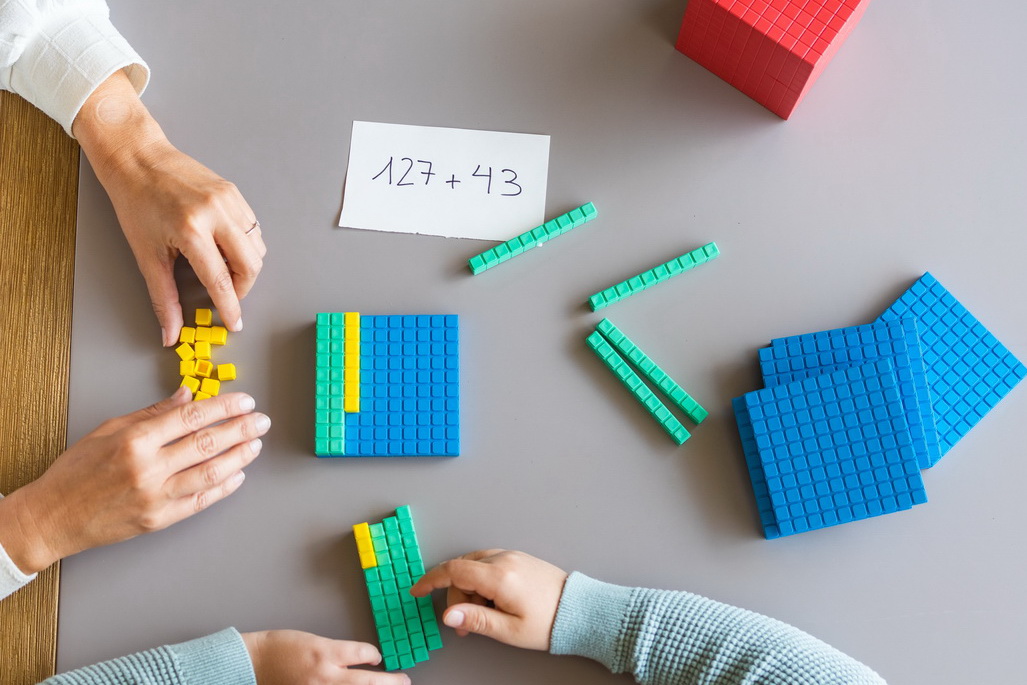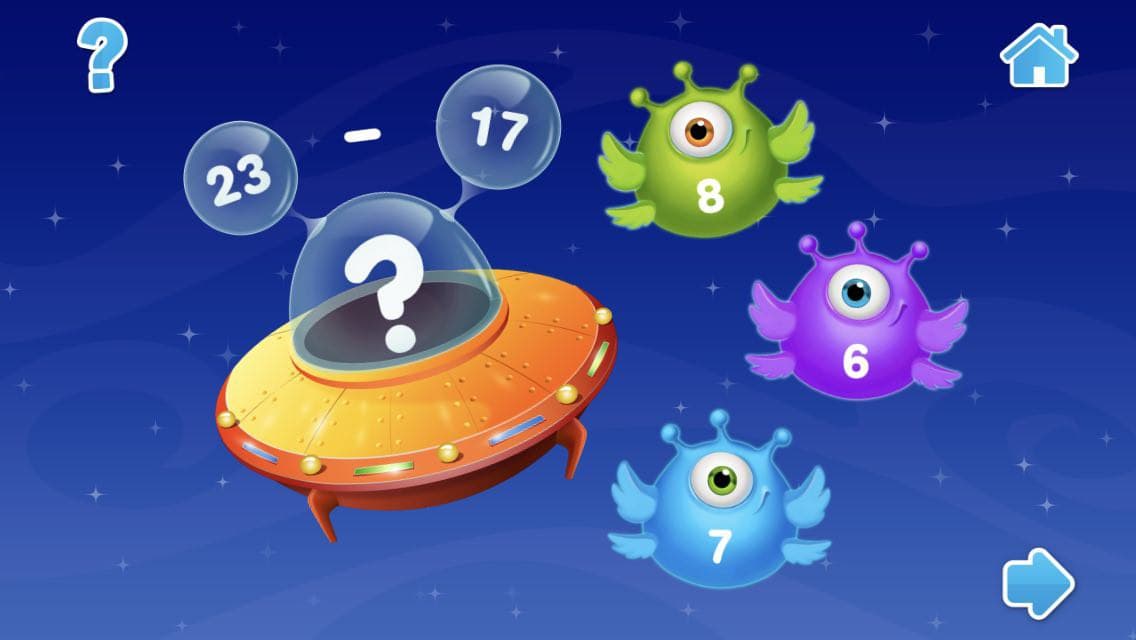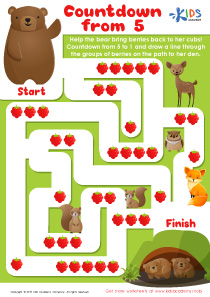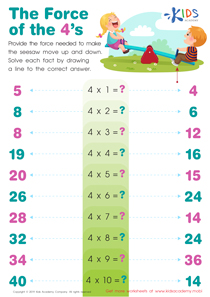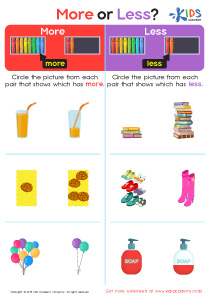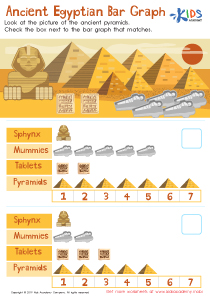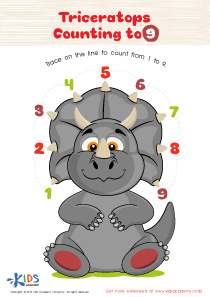Counting practice Easy Addition & Subtraction Worksheets for Ages 3-8
6 filtered results
-
From - To
Welcome to our Counting Practice page featuring Easy Addition & Subtraction worksheets designed specifically for children ages 3-8! These engaging and fun printable worksheets help young learners grasp basic math concepts through colorful illustrations and interactive exercises. Our activities reinforce counting skills while introducing simple addition and subtraction problems. Whether you're at home or in the classroom, these worksheets offer a perfect way to boost your child’s math confidence and proficiency. Printable at your convenience, they encourage independent learning and practice, ensuring your little ones build a solid mathematical foundation. Get started today and watch your child's skills flourish!
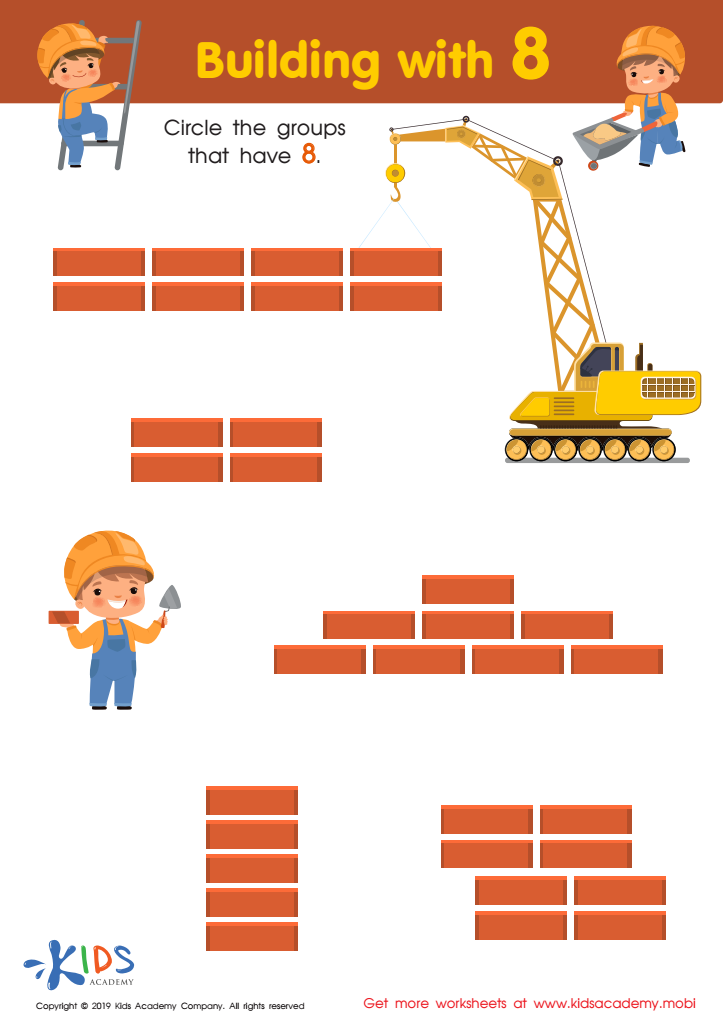

Building with 8 Worksheet
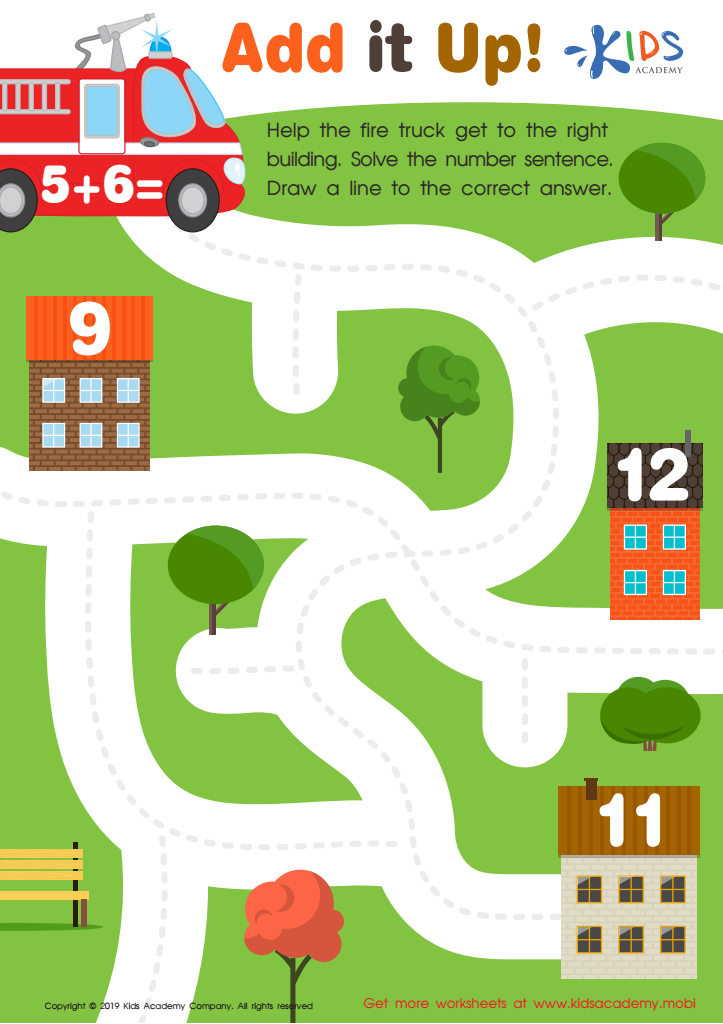

Add it Up Worksheet
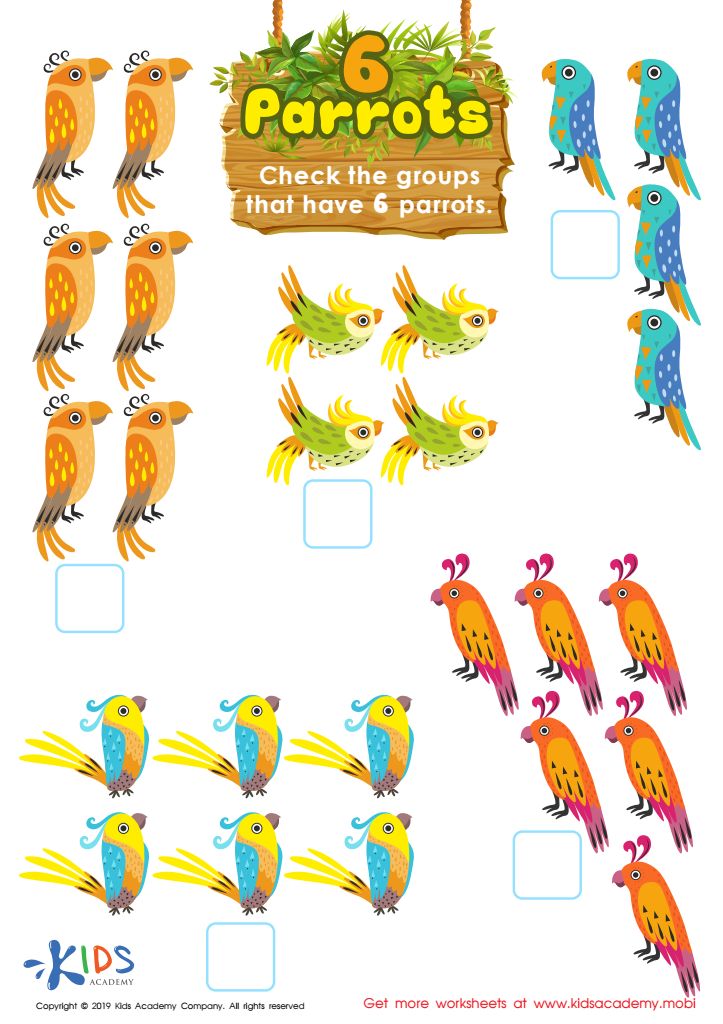

6 Parrots Worksheet
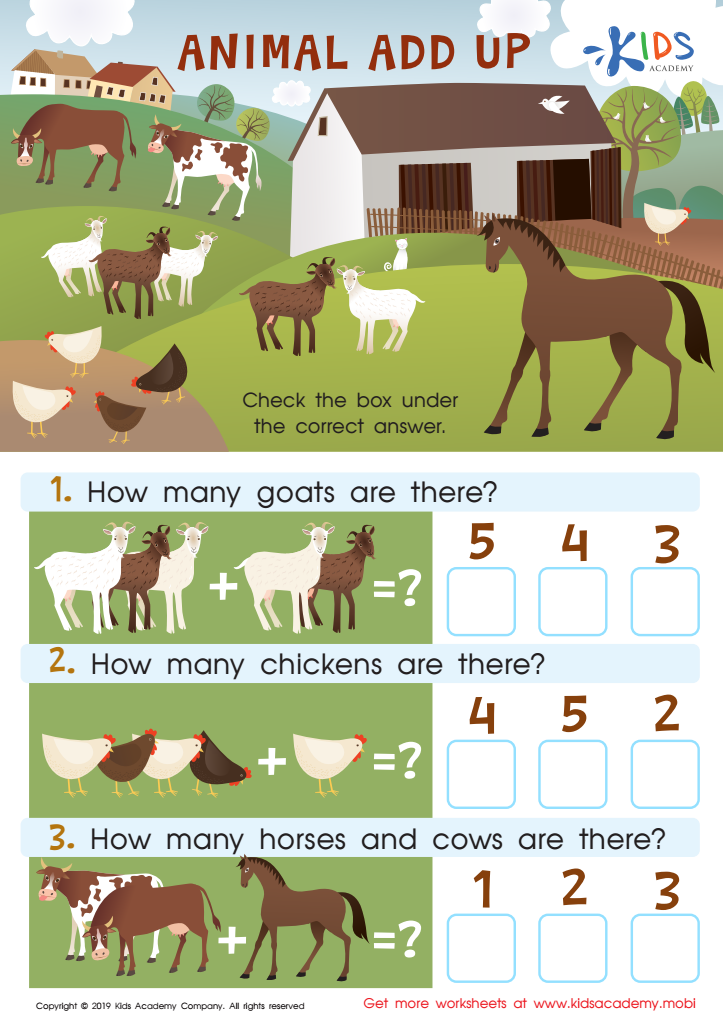

Animal Add Up Worksheet
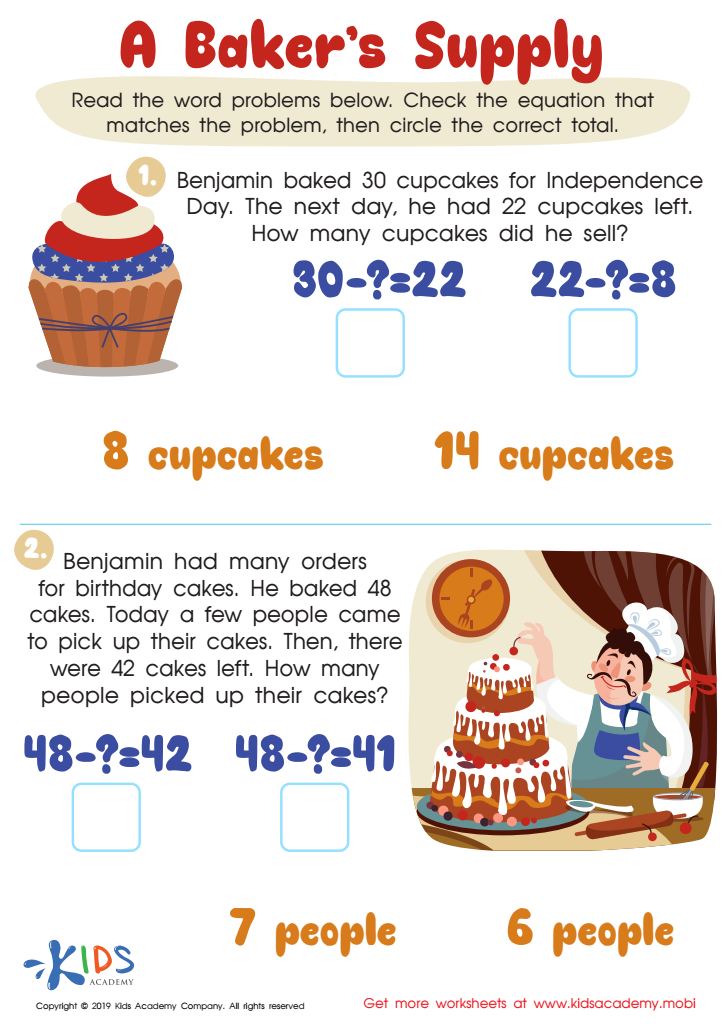

A Baker's Supply Worksheet


Planting Seeds for 11 Worksheet
Counting practice and easy addition and subtraction are fundamental building blocks for children's mathematical understanding, particularly for ages 3-8, a crucial developmental stage. Parents and teachers should prioritize these skills because they foster a solid foundation for future learning in mathematics. Early exposure to counting enhances number sense, which is essential for grasping more complex concepts later on.
Moreover, regular practice in simple arithmetic helps children develop problem-solving skills and relational thinking. Engaging in counting exercises can boost confidence and encourage a positive attitude toward math, reducing anxiety for subjects that children might otherwise find daunting.
Incorporating fun, hands-on activities can make learning enjoyable, allowing children to grasp concepts through play. Techniques like using manipulatives or interactive games can promote engagement and retention. Additionally, building early math skills aligns with educational standards and prepares children for academic success at school.
Lastly, counting and basic addition and subtraction promote critical thinking and logical reasoning. They empower children to understand and analyze everyday situations, fostering independence and decision-making skills. Therefore, parents and teachers should consider these practices as invaluable tools to enhance children's overall development and academic achievements.

 Assign to My Students
Assign to My Students



